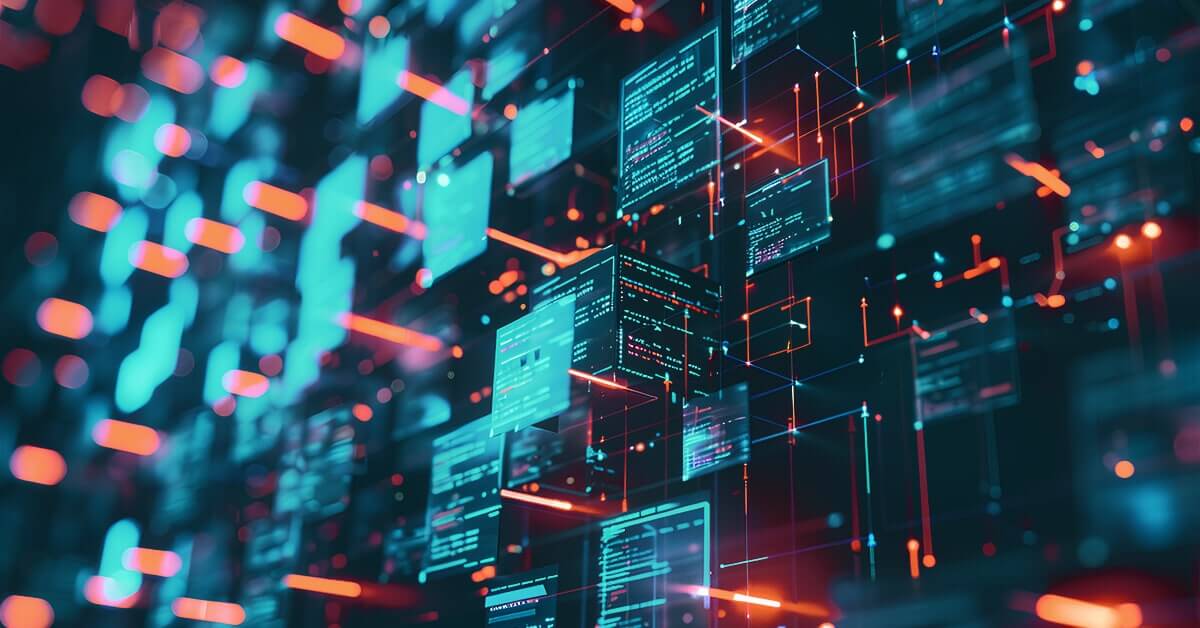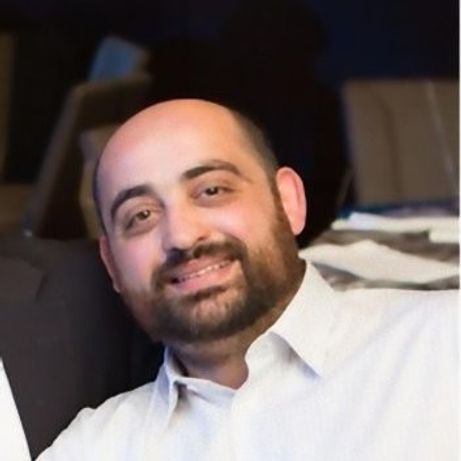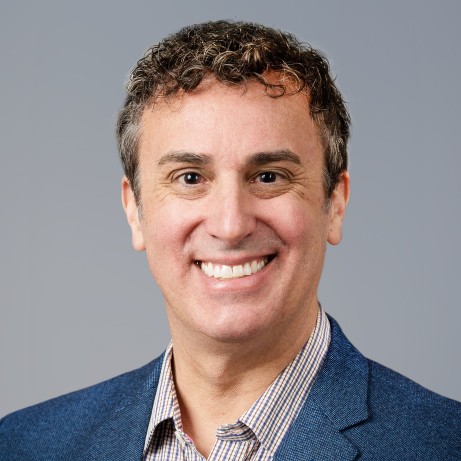In eDiscovery, Expertise Is the Catalyst for Best Results
April 07, 2025
discovery document review best practices data and ai post-data breach response
In eDiscovery, expertise makes all the difference. TAR 2 (aka Continuous Active Learning (CAL)®1) is a case in point. Although initially viewed with scepticism, TAR 2 is now a de facto standard in eDiscovery – to the point where many (perhaps even most) in the industry have forgotten that TAR 2 supplanted SAL as the go-to approach by using machine learning (ML) to bypass first-level review. In effect, TAR 2 has become commodified.
With TAR 2 firmly established, know-how has become the decisive factor in successful eDiscovery projects – to the point where the industry has started to certify individuals and companies based on types of eDiscovery expertise (Relativity’s Competency Certifications are one example). It has become critical to engage skilled, experienced professionals with TAR 2-specific expertise who are able to ‘tune’ the tool for best results – whether that expertise comes from, say, having pioneered the use of TAR 2 and been a driving force behind it becoming a standard for eDiscovery (as is the case for one of the authors of this piece) or (as with the other author) two decades designing, implementing, and managing eDiscovery projects involving up to tens of millions of documents.
In this context, two approaches stand out as examples of the impact of expertise on eDiscovery matters: Clever RoutingTM and Gap Filling. Let’s consider each one in turn:
Make It Clever…
Clever Routing begins with the understanding that there is no single ‘best’ workflow. Conceptually speaking, the optimal use of TAR 2 is in finding the relevant documents while reviewing as few irrelevant ones as possible. However, the best approach depends on the matter-specific goals, which vary in significant ways from one review to another.
These variations impact important considerations. One is quality control (accomplished by batching high-ranked documents marked as not relevant or verified and validated). Another is tailoring the process to the tool (e.g., Relativity vs. Everlaw) you are using. You may have different lawyers concentrating on different legal or factual issues (creating a need for multiple classifiers for different issue tags). You might seek to prioritise documents according to the sequence of depositions of certain custodians. Differences in data types and data characteristics (e.g., having large numbers of documents too big or too small for your TAR 2 tool) may also be a factor.
With all these (and other) considerations in play, expertise is the sine qua non for optimising a workflow involving TAR 2. Otherwise, your workflow will not be as fast, accurate, and cost-effective as possible.
…and Mind the Gap!
Clever Routing is half the story. Equally important is expertise in TAR 2-powered tools. The numerous possible variations in optimal workflows make it impossible for the out-of-the-box functionality of these tools to cover all the possibilities. Implementing the right workflow for the matter at hand requires having the technical knowledge and abilities to bridge the gap between a tool’s default settings and its full potential. To do so requires configuring and adapting TAL tools to the particulars of the workflow in question.
For example, the optimal workflow may not be possible using Relativity’s standard TAR 2 settings and instead only be possible by customising these settings to suit the dataset within the workspace. In every instance, the decisive factor in getting the most out of a particular workflow is the level of skill and knowledge of those implementing it. Without expertise in configuring and operating TAR 2 tools, there’s no way to leverage the tool to maximum effect.
Shine On, You Crazy (TAR 2) Diamond
To borrow a turn of phrase from the late Russell Tyrone Jones, TAR 2 is good, but expertise makes it best. Simply put, there’s no substitute for savvy professionals who know how to determine, design, and implement optimal processes and get the most out of the tool in use.
[1] Continuous Active Learning and CAL are registered trademarks of Maura Grossman and Gordon Cormack.
Learn more about our Discovery services



